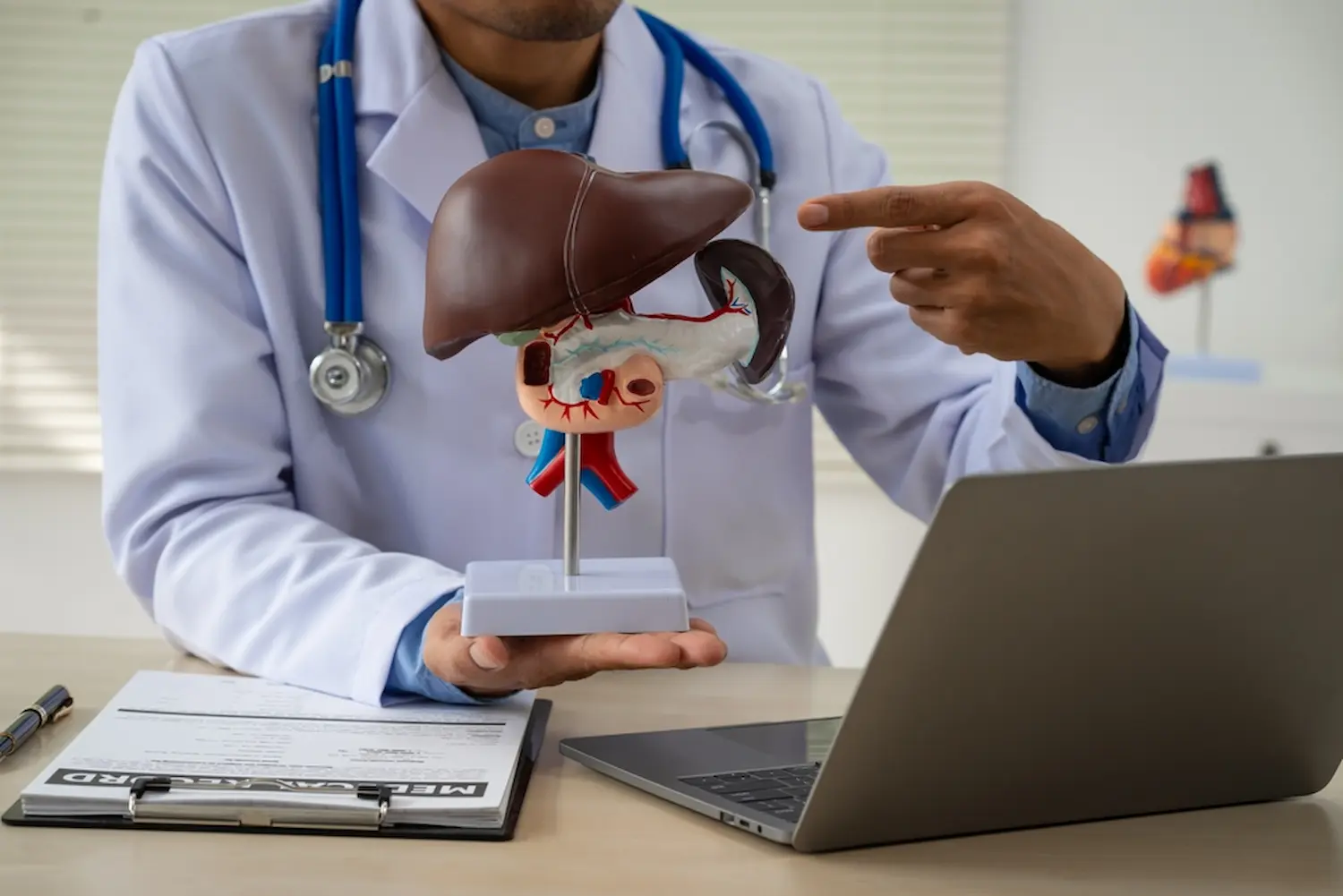
Unfamiliar procedures, confusing medical bills, and complex insurance coverage can leave even the most informed patients feeling lost and unheard. The landscape has become even more challenging in recent years due to rising healthcare costs and increasingly complex insurance policies. This is why patient advocacy groups are so instrumental.
Patient advocacy groups act as a bridge between the healthcare system and patients. They help patients navigate the complexities of the healthcare systems and:
Advocacy groups face numerous challenges when advocating for patients:
Advocates in healthcare settings may find it difficult to challenge decisions made by colleagues or specialists, particularly when there are differences in experience or hierarchical structures.
The dynamics of authority and expertise within a healthcare team can create challenges in advocating for alternative courses of action. Advocates may hesitate to challenge the decisions of more experienced professionals, potentially compromising the patient's best interests.
For example, a nurse with extensive experience in a particular facility may have valuable insights into patient care. However, a new doctor might dismiss the nurse's recommendations due to a perception of superiority based on their medical degree. This can lead to a breakdown in communication and collaboration, affecting patient outcomes.
Insurance companies have complicated administrative processes requiring extensive paperwork and documentation for claims, pre-authorizations, and appeals. Advocates may face challenges in understanding and navigating the red tape. For one, they must always submit error-free documents to avoid coverage denials. Second, they must navigate the appeals process to challenge denials and fight for coverage on behalf of the patient.
Insurance companies are known scrutinize claims to minimize costs. It's not uncommon for insurance companies to deny a claim for a patient's surgery because of a minor error in the documentation. An advocate must invest extra time and resources to rectify the error and submit the claim.
In the event of denial, they may also have to work through the appeals process, providing evidence of medical necessity and potentially engaging with healthcare professionals to advocate for the patient's needs. In other cases, they must negotiate with insurance companies or explore alternative financial assistance options to ensure the patient receives the prescribed treatment.

But advocates can only do so much - especially since they lack the skills or expertise to navigate the complex medical and legal aspects of healthcare, insurance or treatment options. Advocacy groups may hire experts, but they don't always have funding. Due to financial limitations, they may struggle to promote their advocacy initiatives or expand their reach effectively.
Advocacy groups may face difficulties when families refuse to consent to certain medical treatments or interventions, posing a barrier to providing optimal care for the patient. Without the necessary expertise, advocates may struggle to effectively challenge denials, understand intricate medical procedures, or navigate legal complexities. This can result in suboptimal representation for patients.
Family members may have diverse beliefs, cultural considerations, or concerns that influence their decisions regarding medical interventions. Convincing them to agree to recommended treatments, especially in critical situations, can be emotionally charged and time-consuming.
For example, a patient might require urgent medical treatment, but the family may refuse consent due to personal beliefs or misinformation about the risks and benefits of the recommended intervention. Advocacy groups must delicately navigate these situations, providing information, addressing concerns, and attempting to find common ground to ensure the patient receives the necessary care.
Advocacy groups can navigate the challenges related to patient advocacy effectively by adopting a comprehensive approach that involves collaboration, education, and strategic planning. Here are strategies to address the challenges mentioned earlier:

Advocacy groups can overcome skill limitations by fostering collaborations with network providers, legal experts, and other specialists. Building a network of professionals with diverse expertise ensures that advocates have access to the knowledge needed to address complex issues.
Advocacy groups can develop referral systems to connect patients with specialized experts when needed. This way, advocates can focus on their strengths while ensuring that patients receive guidance from professionals with the relevant expertise.
Given the legal complexities of healthcare, advocates should have access to legal support or consultation when necessary. This ensures that they can navigate legal challenges effectively and advocate for patients within the bounds of the law.
Collaborations with organizations like Science 37 and other stakeholders in the healthcare ecosystem strengthen advocacy groups. Partnerships facilitate knowledge exchange, amplify advocacy efforts, and contribute to a more cohesive approach to addressing healthcare challenges.
Despite the challenges, patient advocacy groups remain vital in ensuring patients receive the care they deserve. They supply comfort, support and empowerment to patients when it matters the most. And as technology evolves and awareness grows, these advocacy groups are poised to make an even greater impact.
Organizations like Science 37 are crucial in empowering patient advocacy groups to navigate the complex landscape of healthcare challenges. These entities provide invaluable support, resources, and guidance in the following ways:
Science 37 offers ongoing clinical trials and technology-enabled world-class patient experience. Such trials can be handy for patients with asthma, bipolar depression, cancer, and other diseases. Science 37 also enables providers to participate in clinical trials. Click here to learn more.


